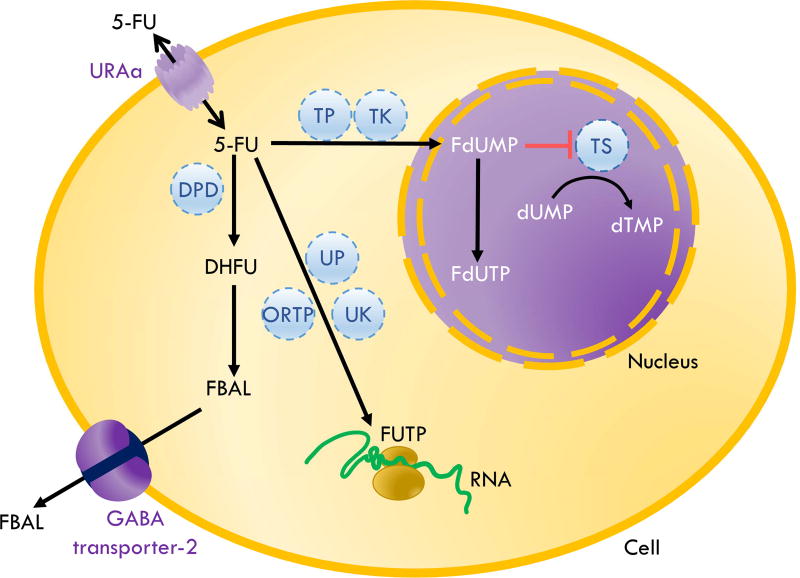Figure 1. Schematic of metabolic fate and mechanism of action of 5-FU.
The uracil transporter, URAa, facilitates 5-FU entry into cells. After entering the cells, the majority of 5-FU is catabolized by dihydropyrimidine dehydrogenase (DPD) into an inactive metabolite, dihydrofluorouracil (DHFU) which is further metabolized to fluoro-beta-alanine (FBAL). FBAL is transported out of cells by the GABA transporter-2 and then eliminated by urinary excretion. Approximately 10% of 5-FU taken up by cells is metabolized into active forms, namely, fluorodeoxyuridine monophosphate (FdUMP), fluorodeoxyuridine triphosphate (FdUTP) and fluorouridine triphosphate (FUTP). FUTP, a metabolite from the metabolism by multiple enzymes including orotate phosphoribosyltransferase (ORTP) or uridine phosphorylase (UP) and uridine kinase (UK), incorporates into RNA and causes RNA damage. FdUMP, a metabolite from the metabolism by thymidine phosphorylase (TP) and thymidine kinase (TK), forms a stable complex with thymidylate synthase (TS), an enzyme normally responsible for the conversion of deoxyuridine monophosphate (dUMP) to deoxythymidine monophosphate (dTMP). The inhibition of TS by 5-FU leads to deoxynucleotide pool imbalances which in turn results in DNA damage and apoptosis.

